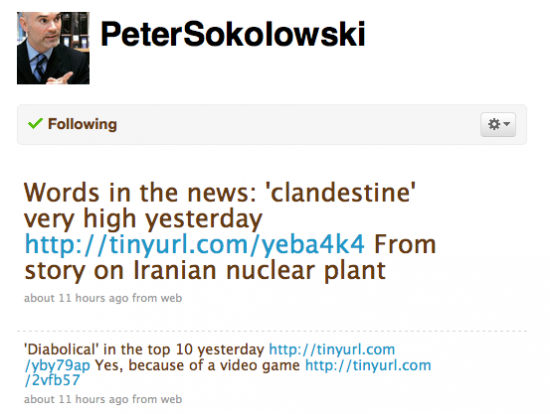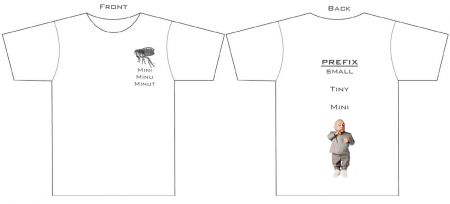Kendall Latham worked with all of our ITRTs this past Friday around best practices in vocabulary acquisition. She gave us a decent overview of the research including the idea that it takes upwards of 13 interactions with a word to make it stick. That’s a lot more interactions than normally happen.
We also have a push in a number of schools around word walls. This has the normal mix of decent implementation and compliance implementation. It did start me wondering about ways we might use online word walls to take this to the next level as both a teacher led interaction and as a way to aggregate diverse student content in ways that would be interesting.1
I thought about a range of examples I’ve encountered over time and space that might be educational/inspiring/worth thinking about.
General Activities Around Words
- 100 Words – Defective Yeti – a quiz that allows you to select a portion of words from a total and enter your self-created definitions. It then provides a place for you to see your definitions vs the official definitions and decide if you were correct. His tool gives you an embedable “score sheet” but I wonder what could be done with aggregate data in terms of redisplay and in terms of analyzing submissions. It seems it wouldn’t be too hard to make this do a lot more for the group as a whole.
- Gyp – Defective Yeti I’ve also like his exploration of etymology and the way that models interesting habits for students.
- Defective Yeti Again – I like everything about this structure and the more organic pursuit of understanding words that are included in his summaries of Moby Dick.
Structural Examples
- The Visual Dictionary – an interesting mix of real world captures and a randomized image based presentation on the home page. It’d be easy to do with WordPress and you could use the randomized presentation in a variety of interesting ways while still getting new permutations every day.
- Playing with words assignment generator– I’ve been wanting to do something like this for a while. I think I have the ability to do it now for myself but I’d like to make it accessible for others.
- I want to build some expanding javascript node pages like this but created through tagging or categories in WP. It seems it’d work well with Greek/Latin roots. I wonder if I might be able to use something like Tony Hurst used back in the day.
Below are some ways I’ve been playing with both creating semi-amusing vocabulary content using found photos around a theme (zombies in this case) and how I’ve been capturing language I find in the wild. I can easily imagine doing this at a larger scale in a class with all the content aggregating centrally and then leveraging the words/images to do many interesting things – playing a role in a system like this.
Other vocabulary related pieces I pulled from previous posts on this site.3

Another random thing I’d love to do with English. On Twitter, Peter Sokolowski4, posts popular searches from Merriam-Webster’s site. He also explains why the search is popular based on what’s going on in the news. I’d love to have the kids trying to figure out why the word has suddenly become of such interest. It will also, likely, give your kids an ego boost when they know words that the English speaking world apparently does not.
Presto, change-o, you’ve got context, current events and all sorts of other interesting possibilities with absolutely no work on your part.
Step Up Yo’ Vocab
I’d show the kids a bunch of article headlines and quotes complaining about the deterioration of today’s society and how today’s music sucks. This is really just to get them riled up and interested in proving they’re not the brain dead people being described.
The kids pick their favorite favorite song and go find the lyrics.
Then you have the kids run they lyrics through something like this site which calculates reading levels. This one isn’t great for this purpose but it’ll do for this demonstration. We just want some sort of number that quantifies the sophistication of the lyrics.
The challenge for the kids is to increase the reading level as high as possible while maintaining the spirit of the song and its rhyme scheme (if any). – original post
Shirts/Mix CDs
Translation/Synonyms
From “I love the ocean” to “Esteem the ocean” and the Fresh Prince theme translated until mangling occurs.
1 I also have a side interest in how adults model vocabulary acquisition as they go about their normal lives. Consider this tweet a very beta salvo in what that might eventually look like.
2 GAAWs – after MOOCs peter out it’s the next craze)
3 If I numbered them and changed the title, it’d be SEO GOLD!


